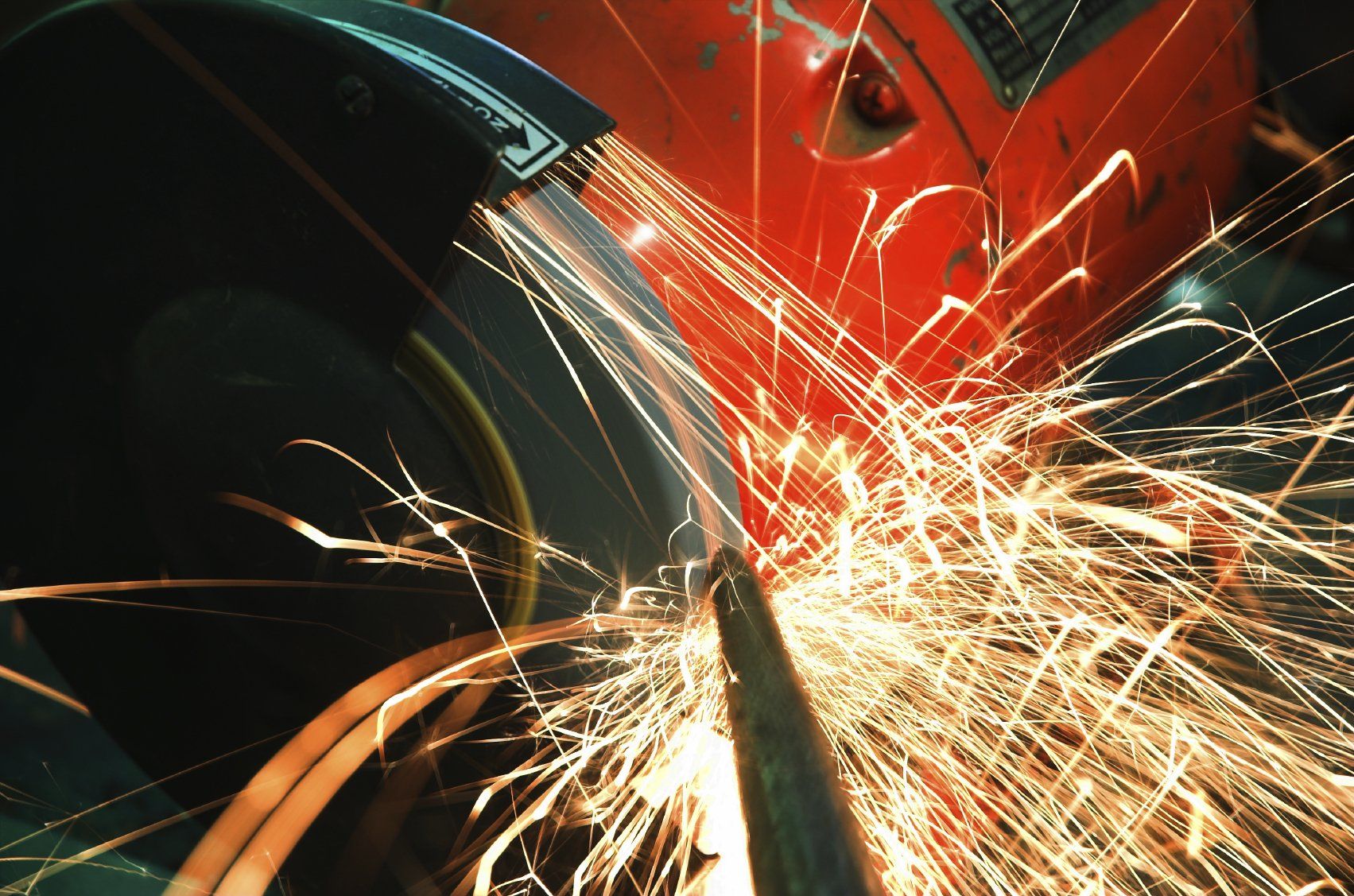Fire Safety
Fire Safety Services
Fire Safety Services
Fire Safety
Since the introduction of The Regulatory Reform (Fire Safety) Order 2005, which covers general fire safety in England and Wales (in Scotland, requirements on general fire safety are covered in Part 3 of the Fire (Scotland) Act 2005, supported by the Fire Safety (Scotland) Regulations 2006), employers and/or building owners or occupiers must carry out a fire risk assessment and keep it up to date.
The fire risk assessment can be done as a part of a general Health and Safety risk assessment or as a completely separate activity depending on the size and complexity of the premises.
Five Key Stages To The Fire Risk Assessment
There are five key stages to the Fire Risk Assessment.
- Identification of the fire hazards, e.g. sources of ignition, substances that can burn and sources of oxygen
- Identification of people at risk, including people around the premises
- Evaluation of risk, removal of risk, reduction of the risk or protection from risk. If the risks can be avoided altogether, the appropriate steps should be taken. In the situation when elimination of risks is not possible, control measures should be put in place to minimize and manage the danger and protect people from fire.
- Recording the findings, preparation of an emergency plan, informing, instructing and training of staff, and occasionally others.
- A regular review and update of the fire risk assessment.
Useful Advice
Use your supplier safety data sheets as an information source when establishing which substances on the site might be flammable
Fire Hazards or Fire Triangle
Fire needs three elements to ignite: heat, fuel, and an oxidizing agent (usually oxygen).
Let's look at some examples of fire hazards that need to be considered in the fire risk assessment when identifying sources of ignition (heat), types of fuel and sources of oxygen present at premises and posing a risk of a fire.
Ignition Sources
A process or event which can cause a fire or explosion. Collins English Dictionary
•Hot works such as welding, grinding
flame cutting, cooking or use of incinerators
•Friction from drive belts or metal tools striking each other - anything that can produce sparks
•Faulty electrical appliances
•Hot surfaces (any equipment that heats up, including heaters, boilers, cooking equipment, lighting equipment)
•Static electricity
•Matches, cigarettes, lighters and other smoking materials
•Open Flames
•Arson
•Machinery
•Obstruction of equipment ventilation
Fuel Sources
Any kind of combustible material that can burn
•Flammable liquid based products
•Flammable liquids
•Solvents and paints
•Gases
•Flammable Chemicals
•Wood
•Metal
•Paper and card
•Plastics, rubber and foam
•Furniture, including fixtures and fittings
•Textiles
•Loose packaging material
•Waste materials
•Cladding
•Synthetic ceiling or wall linings
Oxygen Sources
Even 16 percent oxygen content is enough to support fire
•Open doors, windows and other openings
•Ventilation and air handling systems
•Some chemicals acting like oxidising materials (e.g. fluorine gas, perchlorate salts such as ammonium perchlorate, or chlorine trifluoride) sometimes more powerful than oxygen itself
•Oxygen supplies from cylinder storage and piped systems
Our Fire Safety Services
Fire Risk Assessment
If you do not have the expertise or time to do the fire risk assessment, we can complete this for you.
As a trained external assessor, we are able to complete the fire risk assessment with impartial eyes. We will not be distracted by the day-to-day duties. Our recommendations are based on providing a safe workplace without any internal bias.
Fire Risk Health Check
As well as conducting your Fire Risk Assessment, we can also provide a fire risk health check, whereby we will review your current fire risk assessment and then come and visit your site to see how you are complying to it and provide a report and any recommendations.
Related Services
Related Services
-
DSEAR Services
Find Out More -
DSEAR AWARENESS TRAINING
Contact us
View more




